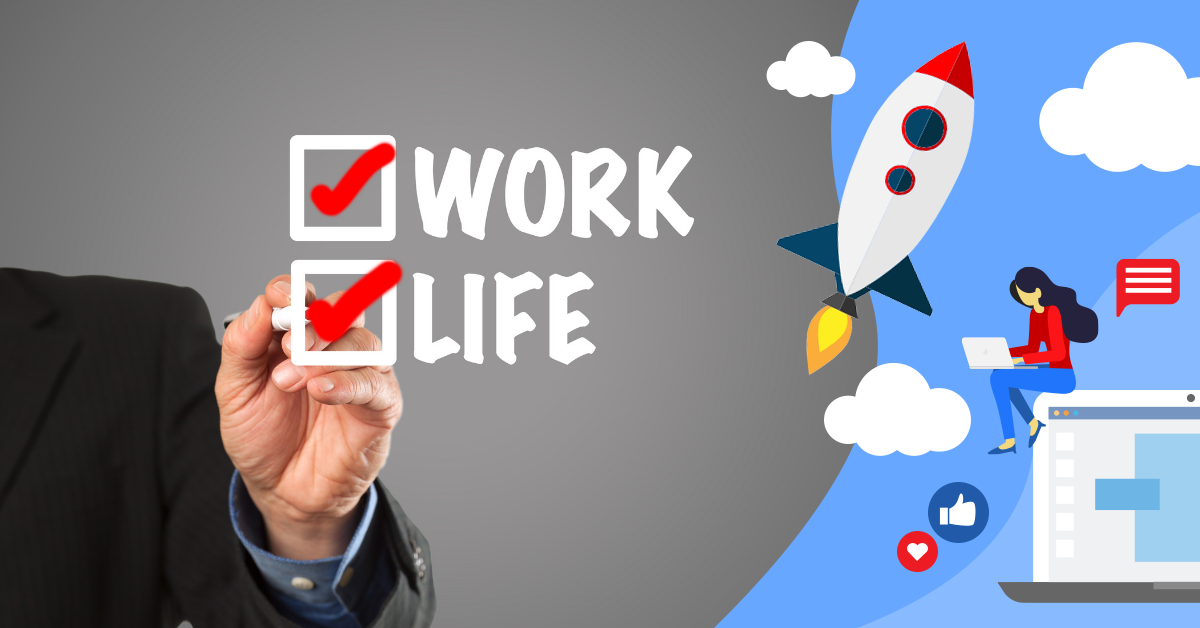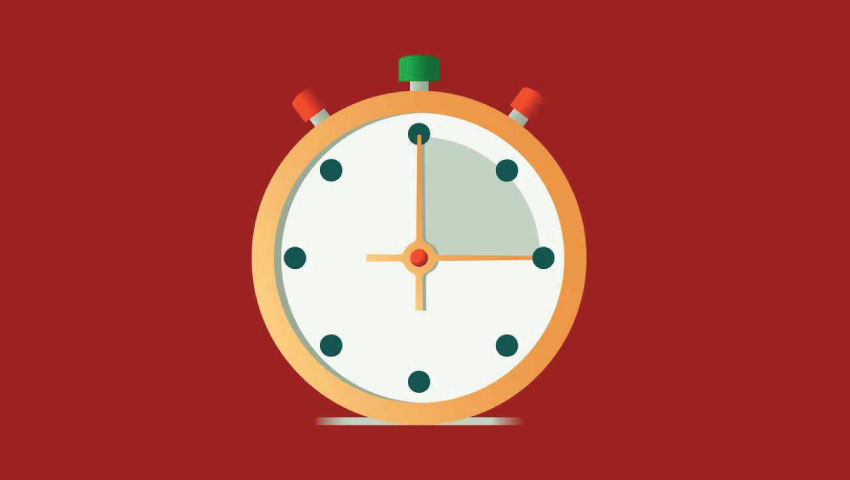
Basic Introduction
A. Understanding the Importance of Maintaining Work-Life Balance
Maintaining a healthy work-life balance is crucial for overall well-being and fulfillment. It involves prioritizing and allocating time and energy effectively between work responsibilities and personal life commitments. Striking the right balance can lead to increased productivity, reduced stress levels, improved relationships, and a greater sense of fulfillment in both professional and personal domains.
B. The Challenges Faced in Achieving Work-Life Balance
Achieving a work-life balance can be challenging due to various factors. Long work hours, demanding deadlines, constant connectivity through technology, and personal obligations can all create a sense of imbalance. Moreover, societal expectations and cultural norms often place a higher emphasis on work, making it difficult for individuals to prioritize personal needs and commitments.
C. Benefits of Maintaining a Healthy Work-Life Balance
Maintaining a healthy work-life balance offers several benefits. Firstly, it reduces the risk of burnout, which can lead to decreased productivity and job dissatisfaction. Secondly, it allows individuals to spend quality time with loved ones, pursue hobbies and interests, and engage in self-care activities. Overall, a balanced life leads to enhanced physical and mental well-being, improved relationships, and a sense of fulfillment in both the personal and professional aspects of life.
Assess Your Current Work-Life Status
A. Recognizing the Signs of an Imbalanced Work-Life
To start regaining balance, it's important to recognize the signs of an imbalanced work-life. These signs may include feeling overwhelmed, experiencing chronic fatigue, neglecting personal relationships, having difficulty disconnecting from work, and neglecting hobbies or self-care activities. Being aware of these signs is the first step towards creating change.
B. Identifying Personal Priorities and Values
Identifying personal priorities and values is crucial for achieving work-life balance. Take some time to reflect on what truly matters to you in life. Is it spending time with family, pursuing personal development, or making a positive impact in your community? Understanding your core values will help you align your actions and commitments accordingly.
C. Conducting a Personal Time Audit
Conducting a personal time audit involves tracking your daily activities and analyzing how you spend your time. By doing so, you can identify time-consuming tasks that do not align with your priorities and find opportunities to reallocate your time more effectively. This audit will provide insights into areas of improvement and help you make informed decisions about how to balance your work and personal life better.

Establish Clear Boundaries
A. Set Realistic Work Hours and Stick to Them
Setting realistic work hours and sticking to them is essential for achieving work-life balance. Establish boundaries by defining specific start and end times for work-related tasks. Communicate these boundaries with colleagues and supervisors, ensuring they are aware of your availability and limitations. By clearly defining your work hours, you can create a sense of structure and separation between work and personal life.
B. Learn to Say No: Prioritizing and Delegating Tasks
Learning to say no is a valuable skill when it comes to maintaining a work-life balance. It's important to prioritize tasks that align with your goals and values, and gracefully decline those that do not contribute to your overall well-being or professional growth. Additionally, delegating tasks to competent colleagues can lighten your workload and create more time for personal pursuits.
C. Create Physical and Mental Separation between Work and Personal Life
Creating physical and mental separation between work and personal life is crucial. Designate specific spaces for work and leisure activities, ensuring your work area is distinct from your relaxation or family spaces. Additionally, develop rituals or activities that help transition from work mode to personal mode, such as taking a walk, practicing mindfulness, or engaging in hobbies.

Implement Effective Time Management Strategies
A. Prioritizing Tasks: The Eisenhower Matrix
Effectively prioritize tasks using the Eisenhower Matrix, a powerful time management tool. Divide your tasks into four quadrants: urgent and important, important but not urgent, urgent but not important, and neither urgent nor important. Focus on completing tasks in the important but not urgent category first, as they contribute to long-term goals and prevent future crises.
B. Utilizing Time Blocking Techniques
Implement time-blocking techniques to manage your schedule efficiently. Assign specific time blocks for different activities, such as focused work, meetings, personal time, and self-care. By allocating dedicated time for each task, you can minimize distractions, maintain focus, and ensure a balanced distribution of your energy across various responsibilities.
C. Minimizing Time-Wasting Activities and Distractions
Identify time-wasting activities and distractions that hinder productivity and impede work-life balance. Common distractions include excessive social media use, email overload, and multitasking. Take measures to minimize these distractions, such as setting designated times to check email or using productivity apps that block access to distracting websites. Redirecting your focus will help you achieve more in less time, creating space for personal pursuits.

Foster a Supportive Work Environment
A. Communicating Openly with Your Colleagues and Supervisor
Open communication with colleagues and supervisors is key to fostering a supportive work environment. Express your work-life balance needs and concerns, ensuring that others understand the importance of maintaining a healthy equilibrium. When everyone is on the same page, it becomes easier to collaborate, delegate tasks, and support each other in achieving work-life balance.
B. Promoting Work-Life Balance Initiatives within the Organization
Promote work-life balance initiatives within your organization to create a culture that values and supports a balanced life. Advocate for flexible working arrangements, employee wellness programs, and policies that promote work-life integration. By actively participating in these initiatives, you contribute to the overall well-being of the organization and create opportunities for others to achieve and maintain work-life balance.
C. Encouraging Collaboration and Flexible Working Arrangements
Encourage collaboration and flexible working arrangements within your team or organization. Foster an environment where colleagues can support one another, share responsibilities, and step in when others need time off. By embracing flexible working arrangements such as telecommuting or compressed workweeks, employees can better manage personal commitments while still meeting work-related responsibilities.

Nurturing Your Well-being
A. Prioritizing Self-Care Activities: Exercise, Rest, and Hobbies
Make self-care a priority by engaging in activities that promote physical and mental well-being. Regular exercise, adequate rest, and pursuing hobbies or interests are essential for maintaining work-life balance. Set aside dedicated time for self-care activities and ensure they are not sacrificed for work-related demands. Taking care of yourself allows you to show up fully in both your personal and professional life.
B. Cultivating Mindfulness and Stress-Management Techniques
Cultivate mindfulness and stress-management techniques to reduce the impact of stress on your work and personal life. Practice deep breathing exercises, meditation, or mindfulness activities to promote relaxation and clarity of mind. These techniques help manage stress, enhance focus, and enable you to navigate challenges with a calm and composed mindset.
C. Seeking Emotional Support and Building Healthy Relationships
Seek emotional support from loved ones, friends, or professional networks. Share your challenges and concerns, as well as your successes and achievements. Building healthy relationships helps create a support system that can assist in maintaining work-life balance by providing advice, encouragement, and a listening ear. Remember that you are not alone, and reaching out for support is sign of strength.

Summary or Conclusion
A. Recap of Essential Tips for Maintaining Work-Life Balance
Maintaining work-life balance is crucial for overall well-being and fulfillment. To achieve this balance, assess your current work-life status, establish clear boundaries, implement effective time management strategies, foster a supportive work environment, and nurture your well-being. By following these essential tips, you can create a harmonious integration of work and personal life, leading to increased satisfaction and overall happiness.
B. Emphasizing the Long-Term Benefits of Striking a Balance
Striking a balance between work and personal life is not just beneficial in the short term but also has long-term advantages. By prioritizing your well-being, you can avoid burnout, sustain motivation, and experience increased productivity and effectiveness in both your professional and personal pursuits. Investing time and effort in achieving work-life balance yields rewards that extend far beyond immediate gratification.
C. Encouragement to Take Actions for Work-Life Integration
Inspired by the tips and strategies outlined in this article, take action to integrate work and personal life better. Proactively assess your current situation, set boundaries, manage time effectively, nurture relationships, and prioritize self-care. Remember, work-life balance is an ongoing process that requires conscious effort and continuous adjustments. Strive for progress, not perfection, and embrace the journey towards a more fulfilling and balanced life.

Frequently Questions (FAQs)
A. How do I know if my work balance is unhealthy?
If you find yourself constantly feeling overwhelmed, exhausted, and neglecting personal relationships or self-care activities, it is likely a sign that your work balance is unhealthy. Pay attention to your physical and mental well-being, as imbalances in work-life can manifest in various negative symptoms.
B. Is it possible to achieve work-life balance in demanding careers?
Achieving work-life balance in demanding careers is challenging but not impossible. It requires careful planning, setting boundaries, effective time management, and prioritization. By implementing specific strategies tailored to your circumstances, it is possible to strike a balance and create harmony between work and personal life even in demanding careers.
C. What are some small changes I can make to improve my work-life balance?
Making small changes can have a significant impact on improving work-life balance. Start by setting boundaries, such as avoiding work-related communication during non-work hours. Prioritize tasks and delegate when necessary to lighten your workload. Integrate self-care activities into your routine, such as taking short breaks or engaging in hobbies. Remember, even small adjustments can contribute to a more balanced and fulfilling life.